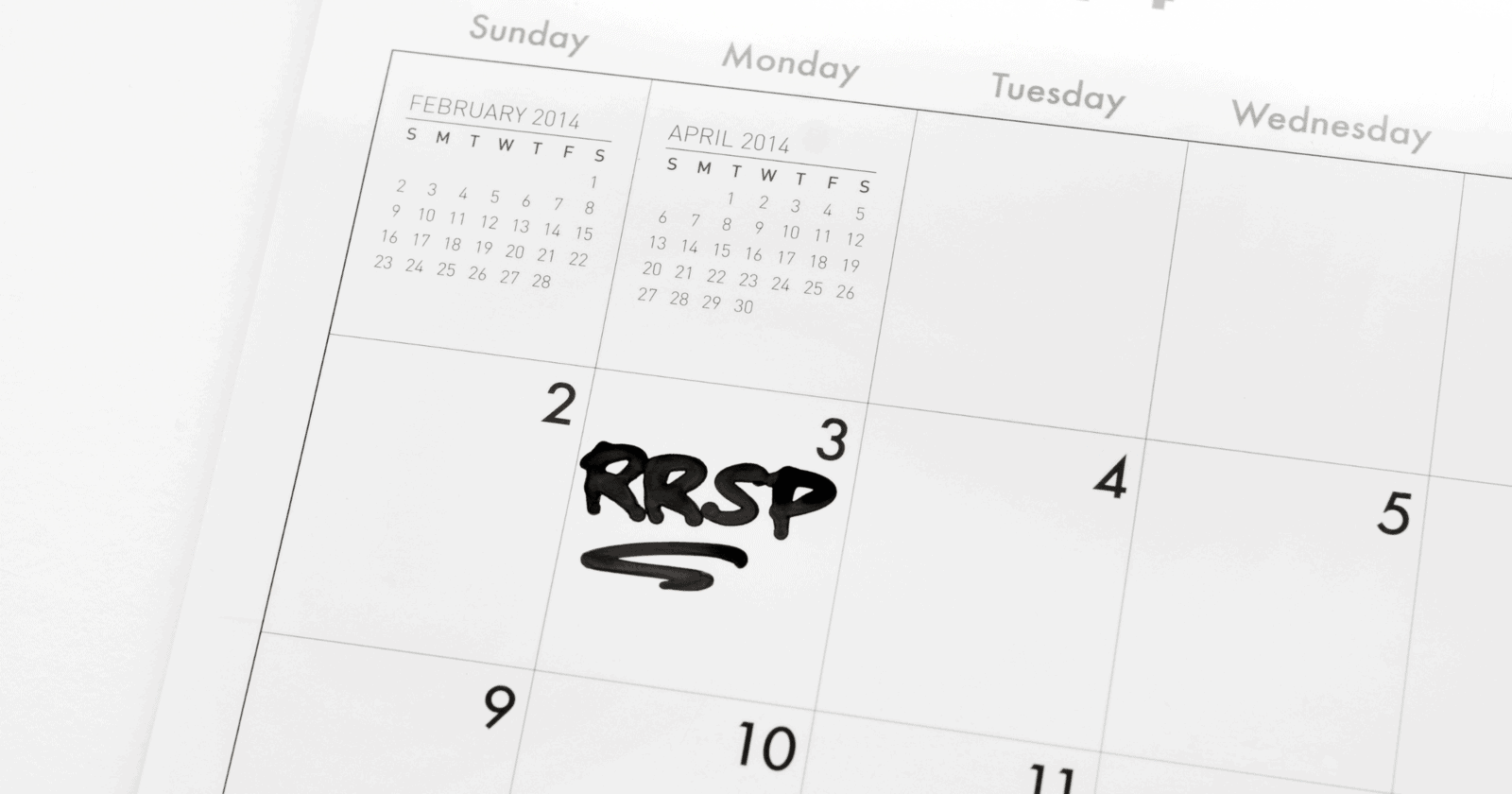
When we plan for our future and save for retirement, we are often discouraged by the age at which we must stop contributing. If this applies to you, you should consider opening a Registered Retirement Savings Plan (RRSP), as the contribution age limit is 71!
So, as long as you earned income in the previous tax year and are under 71, you can open and contribute to an RRSP.
What is an RRSP?
The Canadian government introduced RRSPs in 1957 to help Canadians save for their retirement. One of the main advantages of an RRSP is that the tax on contributions is deferred until retirement.
The benefit of tax deferral is that your income will be lower than it is now in retirement, making your tax rate lower than it is now.
Your RRSP contributions are tax deductible, and the earnings in your account remain tax-free until you make withdrawals.
Limits of contributions
RRSPs are registered accounts. They are therefore subject to specific rules imposed by the government. Each year, you will have the opportunity to contribute up to 18% of your earnings from the previous tax year. For 2021, the contribution limit is $27,830.
Unused Contribution room will carry forward indefinitely if you do not use all of your Contribution room for the current year. If you are unsure of your contribution limit, you can find it on the Notice of Assessment (NOA) issued by theCanada Revenue Agency (CRA ) for the previous year’s tax return.
Your RRSP contribution limit will be reduced by contributions made to a company pension plan, also known as a pension adjustment (PA). As mentioned above, you must stop contributing to an RRSP at the end of the year in which you turn 71.
What happens when you overcontribute to an RRSP?
If you contribute more than the state allows, you will be subject to a 1% per month tax penalty on the excess amount. This penalty only applies to excess Contributions over $2,000 as each individual has a $2,000 lifetime buffer before any penalty is applied.
The penalty tax will disappear if you withdraw the excess amount from your RRSP.
Withdrawing from your RRSP
Withdrawals from your RRSP are permitted at any time, but the amount withdrawn will be taxed immediately upon withdrawal. Depending on the amount of your withdrawal, your bank will withhold the taxes and remit them on your behalf to the government.
You will also be taxed on the amount withdrawn. This amount will be included in your taxable income for the year, and additional taxes may be paid depending on your tax bracket.
If you make a withdrawal before retirement, you will permanently lose that portion of your Contribution room.
RRSP withdrawals that are not taxed
Canadians can withdraw their RRSPs without losing their contribution room and without paying tax. These tax-free withdrawals are as follows:
- Lifelong Learning Plan (LLP ) – You can withdraw up to $20,000 from your RRSP to pay for your or your spouse’s education. You will have ten years to repay the amount withdrawn.
- Home Buyers’Plan (HBP) – If you are a new homeowner, you can withdraw up to $35,000 from your RRSP to buy or build a home. If you are a couple, you can withdraw up to $70,000 ($35,000 each). You will then have 15 years to repay the money to your RRSP.
What to do in retirement?
There are three things you can do with your RRSP when you retire (or a combination of all three):
#1: Purchase an annuity
You have the option of purchasing an annuity that will provide you with income during your retirement. It can be a life annuity or a term annuity.
#2: Convert your RRSP to a RRIF
Your funds can be transferred to a Registered Retirement Income Fund (RRIF). Your funds will remain invested on a tax-deferred basis, although tax is still payable on withdrawals. You have a minimum income that must be withdrawn each year and reported on your tax return.
#3: Make a lump sum cash withdrawal
The CRA will tax the money based on your marginal tax rate.
What happens when you die?
Upon your death, your RRSP will be considered cashed out. The proceeds will be added to your estate and taxed on your final tax return. Several things can happen depending on who your beneficiary is.
- Eligible beneficiary – If your spouse was a designated beneficiary, he or she could transfer the funds to his or her RRSP or RRIF. Taxes will be paid when they begin to withdraw funds from the account.
Designated beneficiaries who are financially dependent children can purchase an annuity before age 18, transfer the RRSP to a Registered Disability Savings Plan (RDSP ) or cash in the money.
- Ineligible Beneficiary – These beneficiaries include charities, your estate or a financially dependent adult child (your grandchild). The amount transferred to a non-qualified recipient is reported on your final tax return and will be taxed appropriately.
Conclusion
If you’re new to investing and especially young, an RRSP will offer you many benefits, such as long-term compound growth and withdrawals to fund your education or buy a home for the first time.
You will also benefit from the tax deductibility of your RRSP contributions. Once you retire, you’ll enjoy a lower tax rate when you start withdrawing funds from your account.
An RRSP is an excellent choice for diversifying your portfolio, but more importantly, it will allow you to achieve all your retirement goals.






